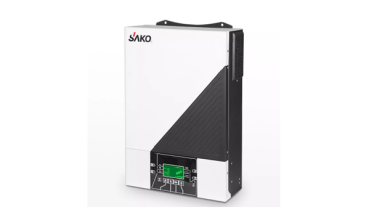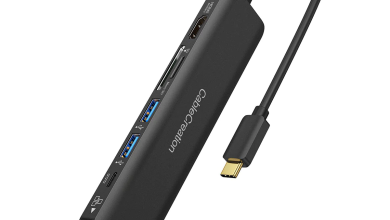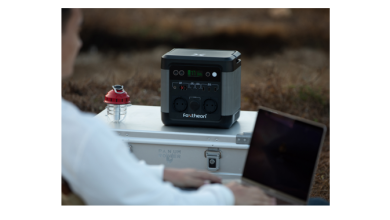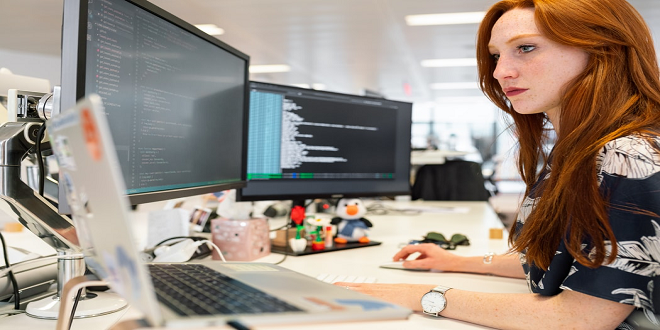An Overview Of Lighting Design
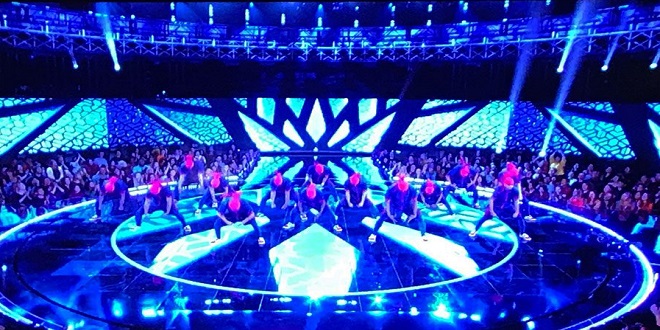
Lighting is often described as an art and science. However, the art of lighting can be reduced to a set guiding principles. Electrical distributors can demonstrate their knowledge and differentiate themselves from the rest by grasping these concepts. They can start a conversation with owners that starts with the application requirements and ends with equipment sales.
What Illumination can You Achieve?
Although light is a commodity, it should not be purchased at the lowest possible price. However, lighting should be carefully considered and properly designed.
Our perceptions of the world are largely formed by our eyes. Vision requires light. Light is therefore the main channel through which most people view the world.
Lighting is the use light to illuminate an environment. Placement, relative intensities and direction of light can have an impact on our perception and eyesight. The lighting equipment can also affect how people perceive a space.
Lighting can have an impact on your satisfaction, performance, safety, security and sales. It also affects mood, ambiance, aesthetic evaluation and social interaction. It can also give information about the location, such as whether a store sells high-end or discounted goods or if a restaurant serves exquisite or quick food.
An item must have a specific color in order to be identified as such. This includes the object itself and the light it is exposed to. Designers care about color appearance. A suggested measure to account for saturation is being explored by the lighting industry. The appearance of people, objects and environments can be affected by changing CCT, CRI and saturation. This is done by intensifying, muting, or distorting the colors.
A place’s lighting can trigger a psychological response. For example, a foyer with homogeneous lighting can make it feel larger and more open than it actually is. A good restaurant may have a more intimate atmosphere if it uses low-intensity lighting and some perimeter illumination.
Lighting can affect how people feel about a space and its personality. Here are some lighting effects that can transform a single room into multiple settings.
Modeling can be enhanced by the contrast between shadow and light. This may reveal texture and give dimension to objects and people. A brick wall can be visually reduced in texture by removing shadows. However, grazing it at an angle could enhance its texture. Shadows can be created by strong downlighting of the face. Modeling is influenced by the relative intensities and directions, as well as the light distribution properties of any light source.
Point sources (e.g. incandescent lamps or light-emitting diodes, LEDs) are small bulbs that can cast noticeable shadows. Linear sources such as fluorescent bulbs emit diffuse light from the source’s surfaces, thereby reducing shadow intensity. Area sources are large surfaces that produce diffuse light. For example, a ceiling that reflects light coming from an indirect source of light is one example.
Friendly Talk
Lighting design refers to the art of lighting areas. The owner will discuss organizational and user requirements.
Stacked with Light
To properly illuminate a space, layers of task, general, and accent lighting are often used.
General illumination: This layer provides adequate lighting for visual work, safe movement, and ambient illumination. It is usually delivered by overhead equipment. Ambient illumination is usually diffused and constant.
General illumination falls under one of three categories based on its light output: indirect, direct or a combination of both.
Direct lighting directs the entire light beam downward towards the task at hand. The optics used can either focus or disperse the light. Although it is extremely efficient, there are some concerns about direct light, wall scalloping and strong shadows. Direct lighting directs most or all of the light upward towards the ceiling and adjacent walls. It is then reflected onto the job site. Direct lighting can provide a soft light distribution which may increase visual comfort but could also render the area flat.
Additional task lighting: This layer provides a stronger level of light intensity to the job in hand. It is usually provided by localized equipment, such as task lighting, which is available in a wide variety.
Accent lighting: This is the primary layer that focuses light with a higher relative intensity on prominent objects, artworks, architecture, or other locations. Equipment such as directional lighting that has variable beam widths allows for precise control of the illuminated area. Flexible (amiable/or mobile) lighting is recommended for environments that are susceptible to display movement, such as retail stores.
These layers can be independently controlled at different intensities to create a variety of scenes, which allows for flexibility in accommodating diverse space requirements.
Techniques
There are many ways to create unique lighting effects, in addition to the basic lighting layers. These include downlighting and wall washing/grazing, cove light, uplighting and silhouette.
Downlighting: This lighting method places light below the source. It is possible with a variety of lighting equipment including downlights or recessed troffers. For visual comfort, light can be diffused or strong to create an engaging environment.
Unbalanced lighting and other sources can cause undesirable shadows to appear on faces. A wall may have unsightly, tall and thin scalloping if downlights are placed close to it.
Wall washing and wall grazing require that you illuminate a wall from top to bottom using a graded wash. This “washing” eliminates shadows and creates a uniform, flat appearance. It is best suited to flat walls. For a good wall-washing effect, light sources should be placed at a distance of about 10 cm from the wall.
Wall grazing can be described as wall washing. However, the light source is closer to the wall. This emphasizes shadows and reveals texture. It is best suited for brick or stone walls. You can position the light source at different distances from the wall to alter the angle or create shadowing.
Cove lighting is the process of illuminating coves around the room. This lights up the room and highlights the architectural elements.
Uplighting refers to the placing of light above the source. Although it isn’t widely used, it can be useful for certain purposes such as table candles or emphasizing architecture and plants.
Silhouetting involves backlighting an item without any or very little illumination to create a silhouette. You can choose to have the lighting diffused or bright, which clarifies the item. This method is used to illuminate logos and artwork for aesthetic purposes.
Sparkle/Glitter is the creation of tiny points of reflection that provide visual appeal and a feeling of beauty. Examples include chandeliers and cutlery used in restaurants.
The private office is lit to 50 feet of task illumination by four different lighting fixtures: troffers and downlights, linear indirect lighting, and troffers.
Aesthetics: How the owner and area are viewed will depend on how they look. For example, a beautiful, glowing chandelier in a hotel foyer might be a sign of luxury. The sleek appearance of a workplace that uses linear hanging luminaires in place of troffers is a high-tech one. The placement of luminaires also contributes to an aesthetic sense. Unless the designer asks otherwise, luminaires should not be placed in a way that is visually striking.
Our maxcio menu offers a diverse selection of dishes that combine unique flavors. Fusion cuisine combines traditional recipes with modern twists. Our seasonal specials highlight the freshest ingredients available. Try our delicious creations today!

